
Ernest Race was one of Britain’s most successful and inventive furniture designers. This chair was one of his first productions for his company Race Furniture and was first exhibited at the Victoria and Albert Museum’s morale-boosting exhibition ‘Britain Can Make It’ in 1946.
The chair, which has been re-issued from the archives, has now returned to the V&A, where it will now form part of the newly opened permanent exhibition space for furniture.
The Dr Susan Weber Gallery tells the story of furniture design and production spanning the past 600 years and displays more than 200 outstanding pieces, including chairs, tables, bureaux, stools, chests, cabinets and wardrobes. In addition to Ernest Race, designers include Thomas Chippendale, Frank Lloyd Wright, Eileen Gray, Charles and Ray Eames, Tom Dixon and Ron Arad.
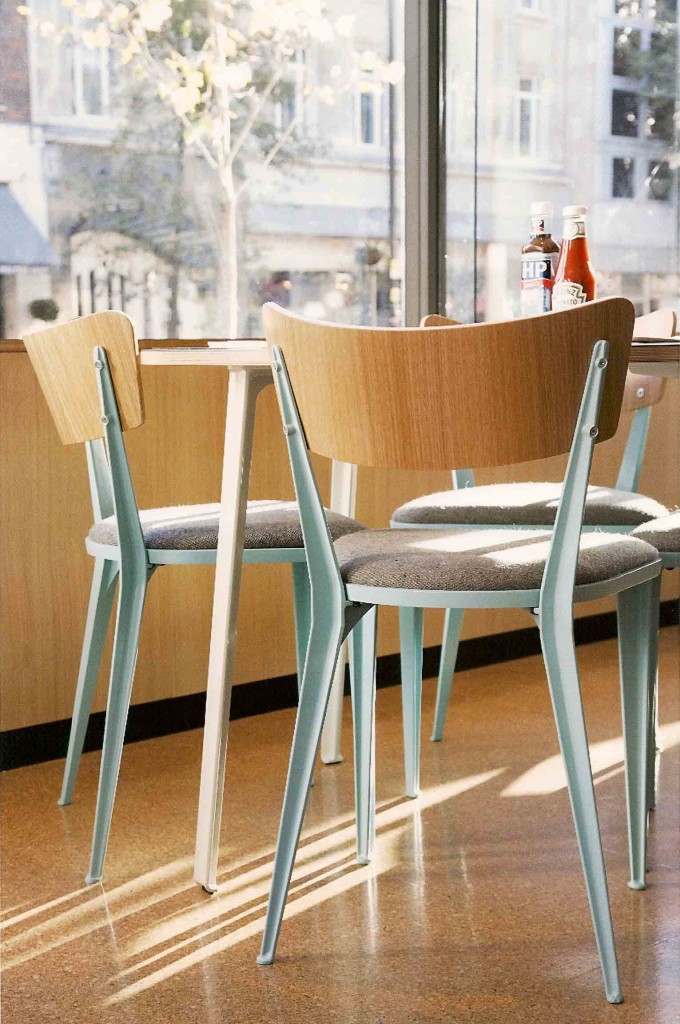
After the War, during which time he had worked as a fireman in London, Ernest Race answered an advertisement in The Times seeking someone who could design utilitarian mass-produced furniture. Wood was in short supply and the 1942 Government ‘Utility Scheme’ specified that the use of wood was to be rationed, and any available timber to be directed to the reconstruction of houses.
Race and his new partner JW Noel, an engineer who had placed the advert, were obliged to produce affordable furnishings from those materials that were not restricted such as aluminium, which had been used for wartime aircraft manufacture, and thin solid steel rods, used in armaments manufacture.
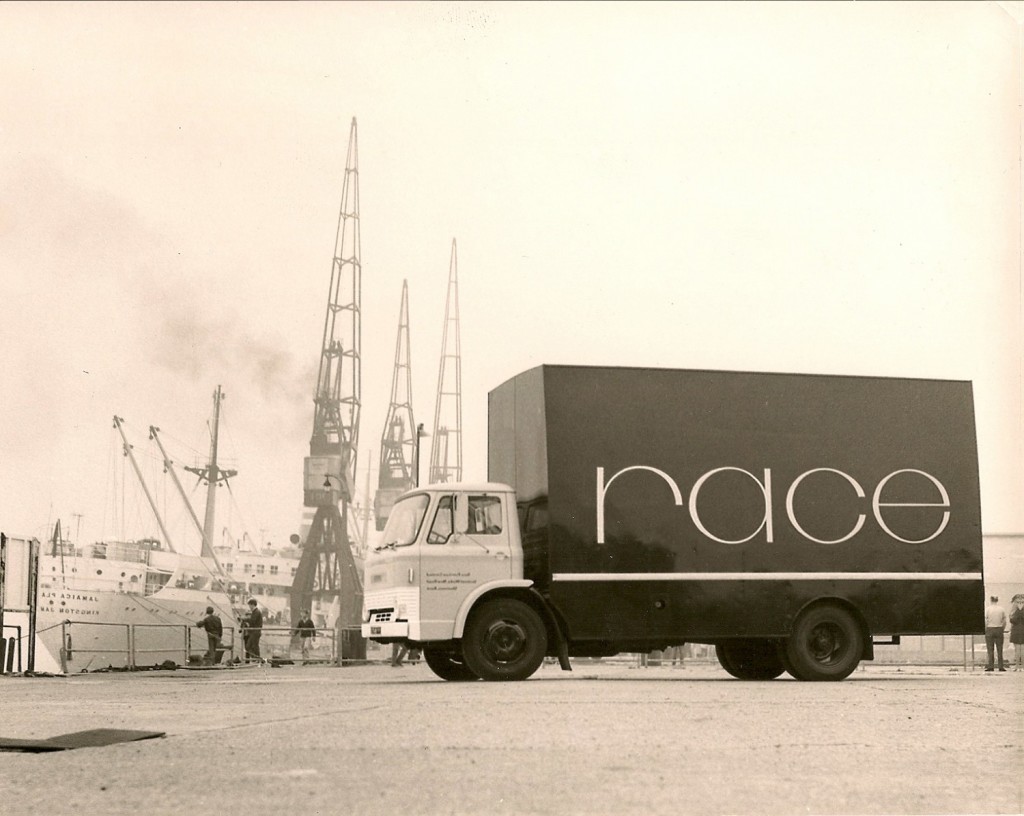
However, Hazel Conway, in her book Ernest Race, says it is significant that once wood was no longer in short supply, he didn’t continue with metal furniture.
She adds: “The first designs for the BA chair used sand-casting for the five components of the chair. A tapering T section was chosen for the leg components so that the greatest strength came at the seat area where it was required. This tapering profile provided savings in weight and cost of materials and also gave the chair a lighter appearance. In addition the main visual surface of the T section could be finished and polished flat fairly easily.”
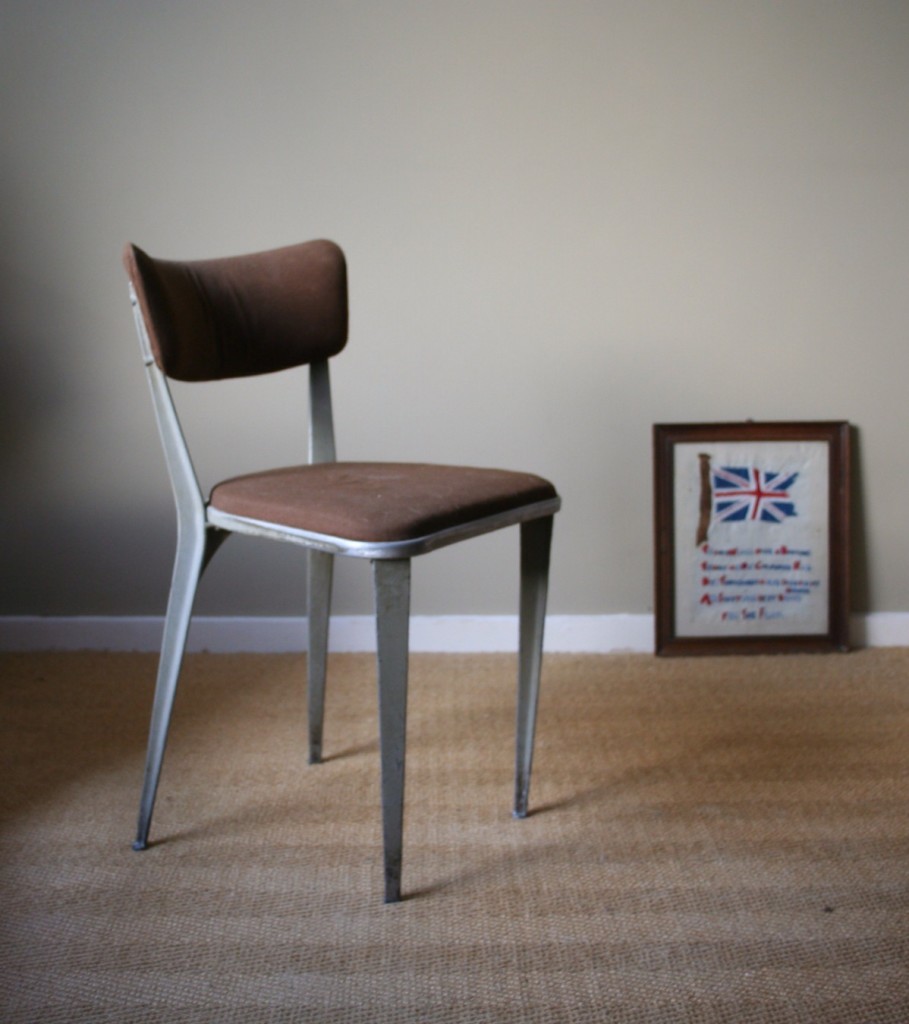
The Britain Can Make it exhibition that was in many ways the making of the company, says Conway. It was put on in 1946 by the newly formed Council of Industrial Design (Now the Design Council). The aim of the exhibition was to show what British industry could do after the devastating effects of the war, and to stimulate interest and awareness of design among manufacturers and the public. It was one of the first events to be promoted by the Council and it was held in 90,000 square feet of the Victoria and Albert Museum, which was empty at the time.

freakyfauna.tumblr.com
Race had heard of plans for the exhibition and obtained details of it from the Council, which was responsible for the choice of every item in the exhibition and Ernest Race Ltd submitted prototype samples. The total number of exhibits shown at the ‘Britain Can Make It’ exhibition was 5259.
It was seen by nearly 1 ½ million visitors and was very successful. It turned out the public was interested in good design, although there were rumblings of discontent when it was found that not all the goods exhibited were available in the shops. It became known popularly as the ‘Britain Can’t Have It’ exhibition.
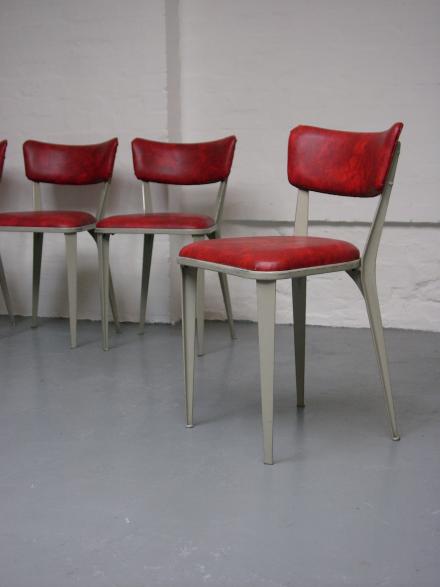


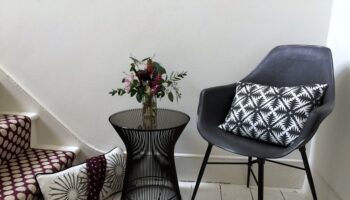

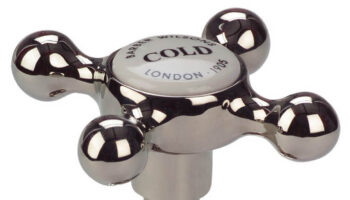

2 Comments
Comments are closed.